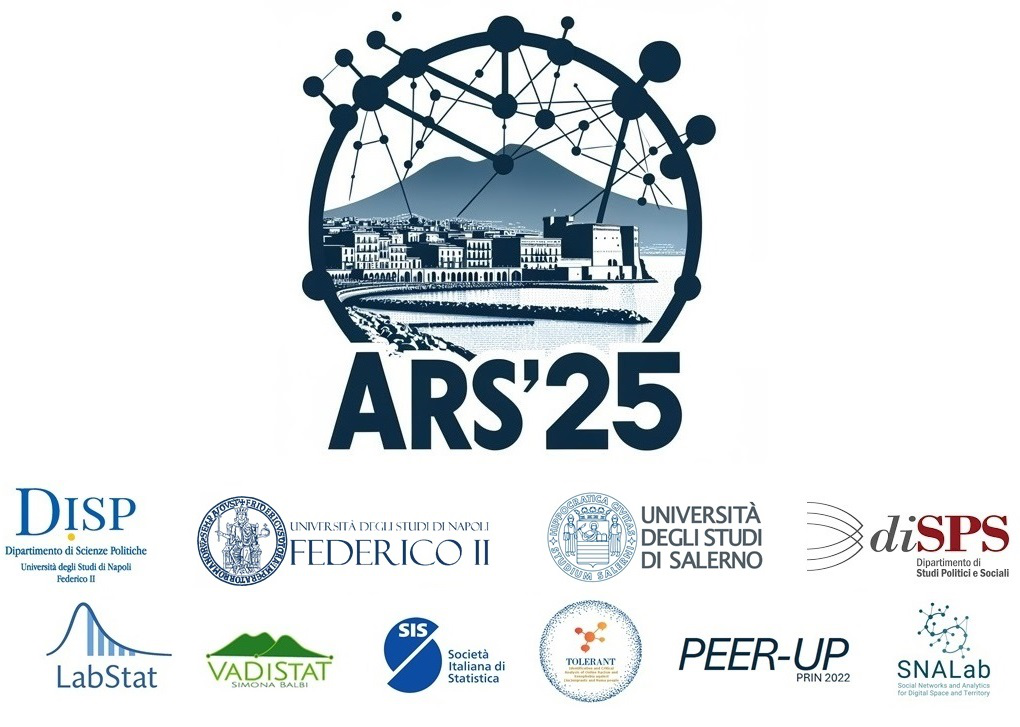Speaker
Description
This study seeks to investigate how two basic types of network ties – friendship and romance – relate to one another over time at the network level. It is hypothesized that specific taboo and eligibility norms influence the co-evolution of the two networks by systematically constraining which new friendship ties may form given a person’s past/existing romantic ties and which romantic ties may form given a person’s past/existing friendship ties. We further compare how the norm mechanism works differently when friendship interacts with romantic ties as contrasted to when friendship interacts with (non-romantic) sexual ties. Alternative explanations such as propinquity and homophily are also considered and tested. The study uses the Romantic Pairs Add Health Data for the longitudinal romantic/sexual ties network and the Restricted Add Health Data for the longitudinal friendship ties network. Data are analyzed using stochastic actor-oriented models (SAOM) where constraints are construed as conditional, multiplex propensities for tie-formation and deletion.

